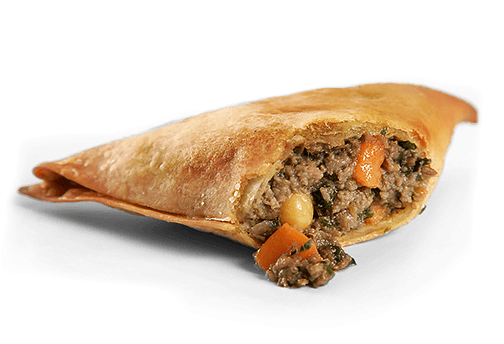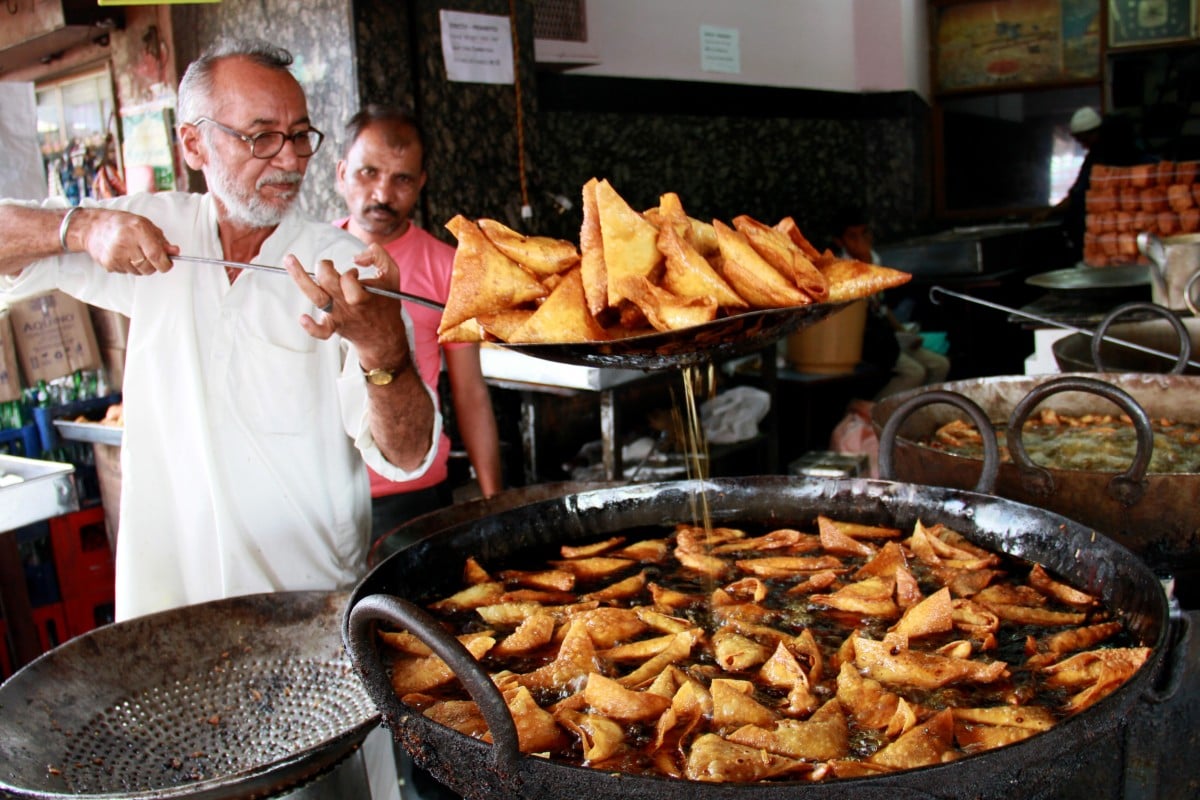
Imagine for a moment that you are hungry and in search of a snack next door, which dish you w. Imagine you are passing by local snack shops, which food item you are most probable of ordering? Simply imagine, you are in the canteen of your college or your office, what would be your first choice snack? Irrespective of the fact about your identity, I know that most probably your answer will be SAMOSA. The dish is not just food, but a way and symbol of life, representing every section of our society and holding the history of all the timelines across histories. Hey…did you get a little too confused? Okay, so let’s dive deep into the world of Samosa, Sambusak, SInghara or whatever you call it.
Tracing the Origin of Samosa
Samosas are expected to have originated from the middle east. If we look into history, its very first mention can be found in the 9th century in Persian history. To all your surprise, it was called ‘Sanbosag’ which literally meant ‘Lovely Triangles’. Not just that, even its structure and stuffings was very different from what it is now. At that time it used to have dry fruits, nuts and meat as stuffings. Because of their small size back then, they were very easy to pack and hence, a very popular snack during travels.

Also Read: The Story of the first Epic of Bollywood…..Mughal-e-Azam…!!!!!
Literary Mentions of the Royal Snack
Because of its exquisite features, samosa soon became a darling of the royal courts. In the royal world, there are multiple mentions of the dish. In the Ghaznavid empire 10th century in Iranian historian Abolfazl Beyhaqi’s work ‘Tarikh-e-Beyhaghi’ it has been mentioned as ‘Sambosa’. Another significant mention comes from Amir Khusro’s works in 1300 during the Delhi Sultanate describing snacks made of meat, ghee and onions.
“समोसा क्यों न खाया? जूता क्यों नहीं पहना?
तला न था .”
Which translates to the reason of samosa not being eaten and shoe not being worn is the samosa not being ‘talaa’ (fried) and shoe not having ‘talaa’ (sole)
A 9th-century poem on Sanbusaj by Ishaq ibn Ibrahim-al-Mausili is also based on the dish. The famous Moroccan traveller, Ibn Battutah also mentions a snack by the name of ‘Sambusak’ in Mohammad Bin Tughlaq’s glittering banquets made up of minced meat, walnuts, pistachios, almonds, and spices. Another exciting mention is found as Sanbusah in the epic ‘Ain-i-Akbari’ by Abul Fazal.

Samosa as a Migrant
Just like the civilizations that travelled across the globe, got transformed and diversified en route, so did the Samosas. Regarding Central Asia, the dish reached here in the 13th and 14th centuries through the traders.
And…Samosa comes to INDIA
Well, India is something that turns everything into gold that it touches. So, once the Samosa entered our country, the likes of pepper, ginger and coriander came into the mix. The most important change took place as vegetables replaced stuff like meat, ghee and onion. India, as we know is an influx of many cultures. People came here from various parts of the world here, adopted some parts of our culture and in the process also left a part of themselves here. The exact same story is with the Samosa. As India was getting transformed amidst all these migrations, so was the Samosa.
Versions Across the Places
Samosas are not just wary across regions but even across stalls. Nowadays, Samosas are available as Monsters, an entire meal in a single crisp pastry casing and are also served as cocktail canapés at weddings and modish Delhi parties. While, paneer is not encouraged much in a samosa, in Punjab, you rarely find a Samosa without it. We all know that usually, samosas are fired till it gets a crisp and golden finish. But, for the diet conscious, it is also available in the baked form. Some experiments have also brought a rather unpopular form of Baked samosas and you might be surprised but a Chocolate Samosa as well.
If you go to the Nizam’s place, Hyderbad, samosa is called ‘Lukhmis’ and is stuffed with meat inside a thicker crust. On the other hand, South India presents it with cabbage, curry leaves and carrots. Bengal has given it perhaps, its most popular name ‘Singharas’. Gujarat presents a tinier version of standard samosa, filled with french beans and sweet peas, while in Goa, the samosa is called ‘Chamuças’ being prepared with minced beef, chicken or pork.
Variations in Samosas are not just a thing across our country, but even across the globe. In Portugal, Brazil, and the Mozambique region, samosa is known as ‘pastéis’. While in the Arab countries, they still call it ‘Sambusak’ stuffed with minced meat or chicken, onions, spinach and feta cheese. Some interesting fillings can be found in Israel, where samosas are stuffed with mashed chickpeas and in the Maldives, where it is filled with tuna or fish mixed with onions.

Also Read: The Thrilling story of India’s RAW Operation…KAHUTA…!!!!!
Samosa: The NATIONAL Food of INDIA
The dish that started off by the merchants, ended up becoming a way of life instead. The most unique feature of Samosa is that it tastes differently as we travel to different regions. As Samosa travelled across the geographies throughout history, it kept on absorbing one thing or the other like pea, pepper and potatoes. In the end, its most popular form turned out extremely different from what it started off with. According to samosa aficionados, a samosa is deemed perfect when crispy-crunch of the lightly golden casing contrasts beautifully with the soft texture and spicy taste of the filling made of boiled potatoes, green peas, onions, green chillies, ginger and spices.

Irrespective of everything else, what makes Samosa truly special is that during history, it was not a grand stamp in the royal world, but at the same time, it also served the humility being the snack next door of common people. It is a historic symbol of the whole Globalization indeed as it symbolizes the ways in which cultural interactions shape our world, and showcase the true flavours of India, based on its vast history. Between the attributes like sanbusak, sanbusaq and even sanbusaj, it no longer remained just a humble street snack. I have been having this thought for a while that SAMOSA should very well be declared the National Food of INDIA. And, me experiencing samosa getting sold out from 2 stalls that I went in, over the course of one day itself, affirms why I say so. All the frustrations, all the expectations and all the dreams, aspire for one food in the whole market….and that is the samosa.
I LOVE SAMOSA…!!!!!
References:
-
TBI Food Secrets: Unravelling the Fascinating History of the Samosa, India’s Favourite Street Snack https://www.thebetterindia.com/80824/samosa-history-india/
-
The story of India as told by a humble street snack, by Justin Rowlatt, https://www.bbc.com/news/magazine-36548445

